David G. Bucknall9780849334474, 0-8493-3447-0, 1855739313, 1845690907, 9781855739314
Table of contents :
Nanolithography and patterning techniques in microelectronics……Page 2
Contents……Page 4
Contributor contact details……Page 8
Preface……Page 11
Table of Contents……Page 0
1.1 Introduction……Page 13
1.2 Block copolymer self-assembly……Page 14
1.2.1 Glass transition temperature (Tg)……Page 16
1.2.2 Block copolymer morphology in thin films……Page 17
1.2.3 Islands, holes, and terraces……Page 18
1.2.4 Other substrate interactions: wetting layers and neutral substrates……Page 20
1.3 Methods for pattern transfer……Page 22
1.3.1 ‘Wet’ techniques for selective domain removal……Page 25
1.3.2 Selective removal of domains by reactive ion etching……Page 28
1.3.3 Strategies for improving aspect ratios……Page 32
1.4.1 Thermal methods……Page 35
1.4.2 Solvent-mediated methods……Page 36
1.4.3 Epitaxial patterning methods……Page 37
1.4.4 Graphoepitaxy……Page 38
1.4.5 Electric field alignment……Page 39
1.4.6 Solvent directional crystallization……Page 41
1.4.7 Flow-induced alignment……Page 42
1.5 Conclusion……Page 44
1.7 References……Page 45
2.1 Introduction……Page 51
2.2.1 Phase separation……Page 53
2.2.2 Wetting……Page 55
2.3.1 Depth-profiling techniques……Page 56
2.3.2 Lateral imaging techniques……Page 58
2.3.3 Three-dimensional mapping techniques……Page 59
2.4.1 Morphology development in symmetrically wetting (ABA) blends……Page 60
2.4.2 Morphology development in asymmetrically wetting (AB) blends……Page 69
2.4.3 Solvent-induced patterns……Page 70
2.4.4 Effects of chemical and topographical confinement……Page 74
2.5 Future trends……Page 75
2.6 Conclusion……Page 76
2.7 References……Page 77
3.1 Introduction……Page 88
3.2.1 Methods of fabricating masters……Page 89
Fabrication of transparency-based photomasks……Page 91
Microscope projection photolithography (MPP)……Page 93
Microlens array reduction photolithography (MAP)……Page 94
Block co-polymers……Page 96
Microcontact printing (mCP)……Page 97
Hydrophilic PDMS stamps……Page 99
Molecular ‘inks’……Page 100
Conductive substrate materials……Page 102
Patterning of reactive SAMs……Page 105
Elastomeric membrane printing (EMP)……Page 107
Nanotransfer printing (nTP)……Page 110
Phase-shifting photolithography……Page 113
Multilevel stamping……Page 115
3.3 Conclusions and outlook……Page 118
3.4 Further information……Page 120
3.6 References……Page 121
4.1.1 Background……Page 132
4.1.2 The chemistry of scribed silicon (Siscr)……Page 133
4.1.3 Chemomechanical patterning of silicon……Page 134
4.2.1 General properties of silicon scribed under monofunctional compounds……Page 135
4.2.2 The reaction of Siscr with alkyl halides……Page 136
4.2.3 The reaction Siscr with alkenes and alkynes……Page 137
4.2.5 The reaction of Siscr with epoxides……Page 138
4.2.8 Preparation of functionalized monolayers on Siscr……Page 139
4.3.1 Introduction……Page 140
Scribing the patterns……Page 141
AFM scribing……Page 142
Feature characterization by ToF-SIMS……Page 143
4.4.1 Introduction……Page 145
4.4.2 Results and discussion……Page 146
4.5.1 Introduction……Page 148
Surface silanization……Page 150
4.5.3 Results and discussion……Page 151
4.5.4 Conclusion……Page 155
4.7.1 Chemistry……Page 156
4.7.3 End-effector development……Page 157
Array compatibility……Page 158
A determination of the work life of the sample supports……Page 159
4.8 References……Page 160
5.2 Patterning by capillary lithography……Page 167
5.2.1 CFL by thermally-induced capillarity……Page 168
5.2.2 Soft molding (SOMO) by solvent-induced capillarity……Page 170
5.2.3 Self-organized polymeric microstructures by CFL……Page 173
5.2.4 Pressure-assisted capillary force lithography (PACFL)……Page 175
5.3.1 Pattern formation in polymer blend system……Page 177
5.3.2 Pattern formation in ultra-thin liquid films……Page 179
5.4.1 Anisotropic dewetting by physical confinement……Page 180
5.4.2 Drop patterning by confinement-controlled dewetting……Page 182
5.4.3 Pattern formation by selective dewetting……Page 185
5.5.1 Spinodal wrinkling in metal/polymer bilayer……Page 187
5.5.2 Pattern formation by anisotropic buckling……Page 188
5.5.3 Microshaping metal surfaces by self-organized buckling……Page 190
5.6 References……Page 193
6.2.1 General introduction and terminology……Page 196
Ion species and energy regimes……Page 197
High-energy ion-atom interactions……Page 198
Electronic interactions……Page 199
Nuclear interactions……Page 201
Calculating the effect of ions in solids……Page 202
Sputter etching……Page 203
Chemical decomposition……Page 204
Positive and negative polymer resist materials……Page 207
Modification of electrical properties……Page 208
6.3.1 Masked processes……Page 209
Advantages and disadvantages……Page 210
6.3.2 Direct-write processes……Page 211
Pattern-generation techniques……Page 212
6.3.3 Ion track lithography……Page 213
Focused ion beam (FIB)……Page 214
MeV ion microbeams……Page 215
6.5 Specific techniques and examples……Page 218
6.5.2 High-energy ion lithography using resist materials……Page 219
6.6 Future trends……Page 222
6.7 Sources of further information and advice……Page 226
6.8 References……Page 227
7.1 Introduction……Page 230
7.2.1 Physical vapor deposition (PVD)……Page 232
7.2.2 Local physical vapor deposition through stencil membranes……Page 234
7.3.1 Materials……Page 236
7.3.2 Fabrication of nanostencils……Page 237
7.3.3 Full-wafer nanostencil for high-throughput nanopatterning (incl. DUV)……Page 238
7.4.1 Patterning on planar surfaces……Page 239
7.4.2 Patterning on recessed surfaces……Page 242
7.4.4 Scanned AFM nanostencil……Page 243
7.5.1 Clogging……Page 244
7.6 Conclusion……Page 245
7.7 Acknowledgements……Page 246
7.8 References……Page 247
8.1 Introduction……Page 250
8.2 Photochemistry of self-assembled monolayers……Page 252
8.3 Near-field optics and lithography……Page 259
8.4 Near-field scanning optical microscopy……Page 261
8.5 Lithography based upon near-field scanning optical microscopy……Page 262
8.6 Towards the future: apertureless NSOM……Page 272
8.8 References……Page 274
9.1.1 Additive processes and flexible manufacturing……Page 279
9.1.2 Background on ink-jet printing technology……Page 280
9.2.1 Electrical interconnect……Page 283
9.2.2 Embedded passives……Page 286
9.2.3 Chip-scale (3D) packaging……Page 287
9.2.4 Organic electronics……Page 289
9.3.1 PLED displays……Page 290
9.3.3 LCDs……Page 291
9.4.1 Microlens arrays……Page 292
9.5 Integrated electro-optic assemblies……Page 294
9.5.1 Waveguides and photonic circuits……Page 295
Proteins……Page 297
DNA and peptide arrays……Page 298
Chemical printing……Page 301
9.6.2 Tissue engineering……Page 302
9.7.1 Fluid requirements……Page 303
9.7.3 Throughput……Page 304
9.8 Equipment……Page 305
9.9 Future trends……Page 306
9.10 Conclusion……Page 307
9.11 References……Page 308
10.1 Introduction……Page 311
10.2.1 PDMS technology……Page 312
Flow switching……Page 314
Mixing and extracting……Page 315
Drop size control in multiphase flows……Page 316
Fluid handling in large integrated microfluidic devices……Page 317
Complex lab-on-a-chip……Page 318
10.3.1 Small scale patterning within microchannels for flow control……Page 319
10.3.2 Standard flows……Page 320
10.3.3 Patterning surfaces……Page 322
10.3.4 Patterning topography……Page 323
10.3.5 Patterning surface charges……Page 325
10.3.6 Patterning chemistry and wettability……Page 327
10.3.7 Miscellaneous remarks……Page 328
10.4 Conclusion……Page 329
10.6 References……Page 330
11.1 Introduction……Page 332
Microfluidic capillary electrophoresis……Page 333
Microfabricated separation elements……Page 335
Coupled microfluidic-mass spectroscopy devices……Page 337
Solid-phase extraction……Page 338
Liquid-liquid separations……Page 339
Coupled separation technologies……Page 340
Cell trapping……Page 343
Microfluidic fluorescence-activated cell sorters……Page 344
11.3.1 Microfluidic PCR……Page 346
11.3.2 Cell electroporation……Page 348
11.3.3 Protein crystallization……Page 349
11.4 Future trends……Page 351
11.5 Sources of further information and advice……Page 352
11.6 References……Page 353
12.1 Introduction……Page 361
12.2.1 History of inkjet printing technologies……Page 364
12.3.1 Ink formulation……Page 365
12.3.2 Resolution……Page 366
12.3.3 Recent inkjet printing of materials and devices……Page 367
12.4 Inkjet anode patterning of OLEDs……Page 369
12.6 References……Page 379
13.1 Introduction……Page 385
13.2 Contact printing with high-resolution stamps……Page 386
13.2.1 High-resolution stamps……Page 387
13.2.2 Microcontact printing……Page 388
13.2.3 Nanotransfer printing……Page 393
13.3 Thermal transfer printing……Page 401
13.4 Conclusion……Page 407
13.6 References……Page 408
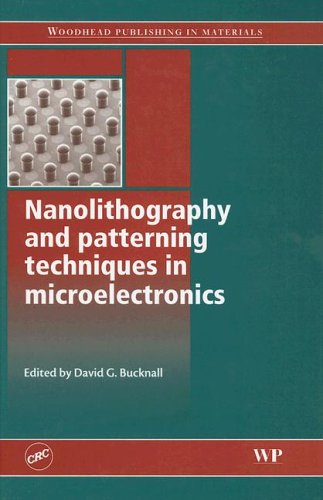

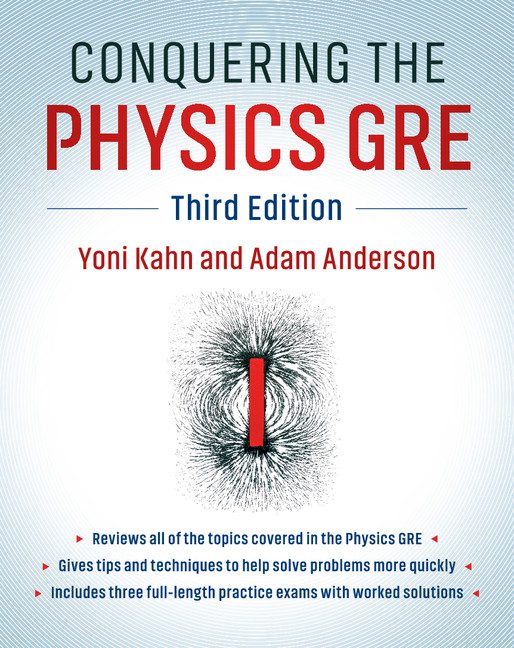
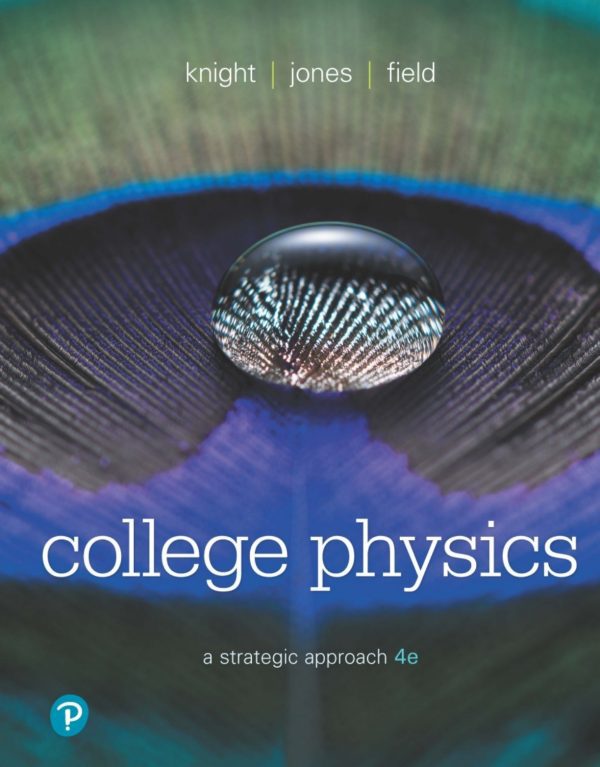
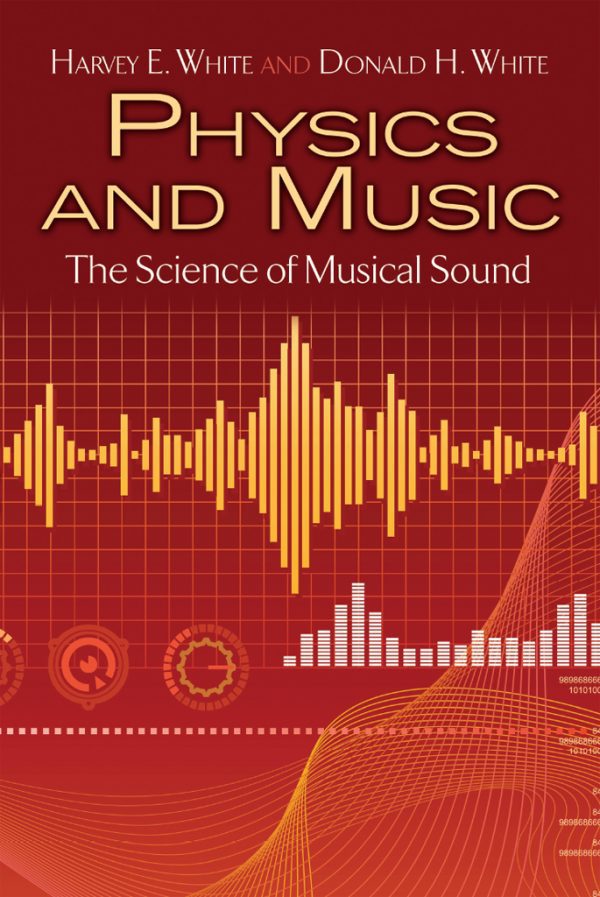
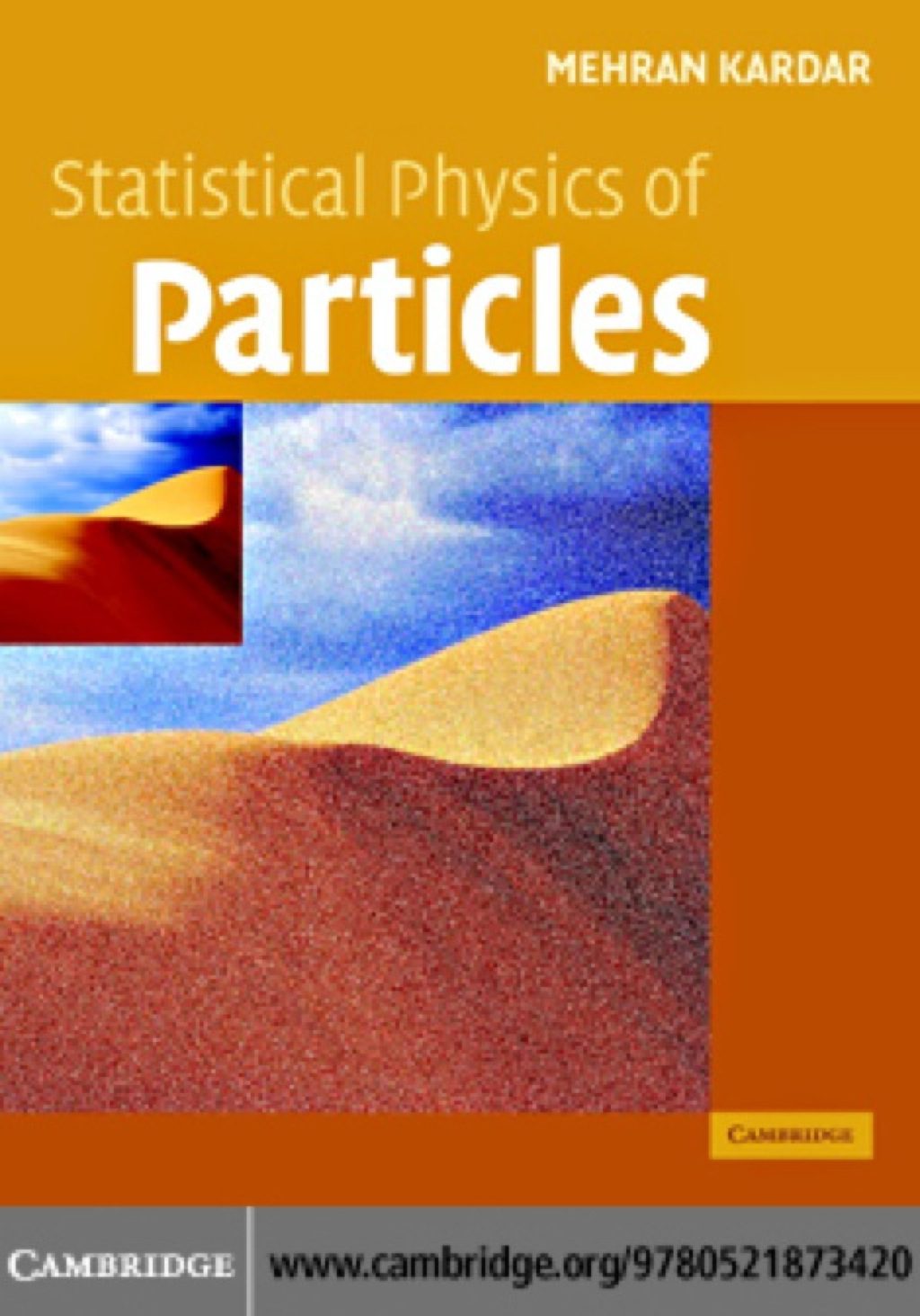
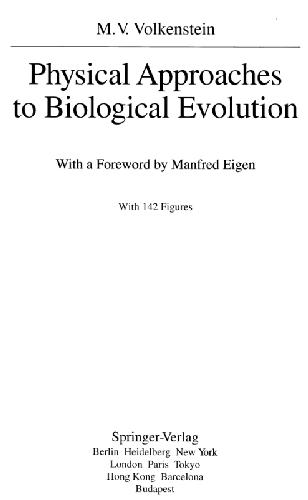
Reviews
There are no reviews yet.